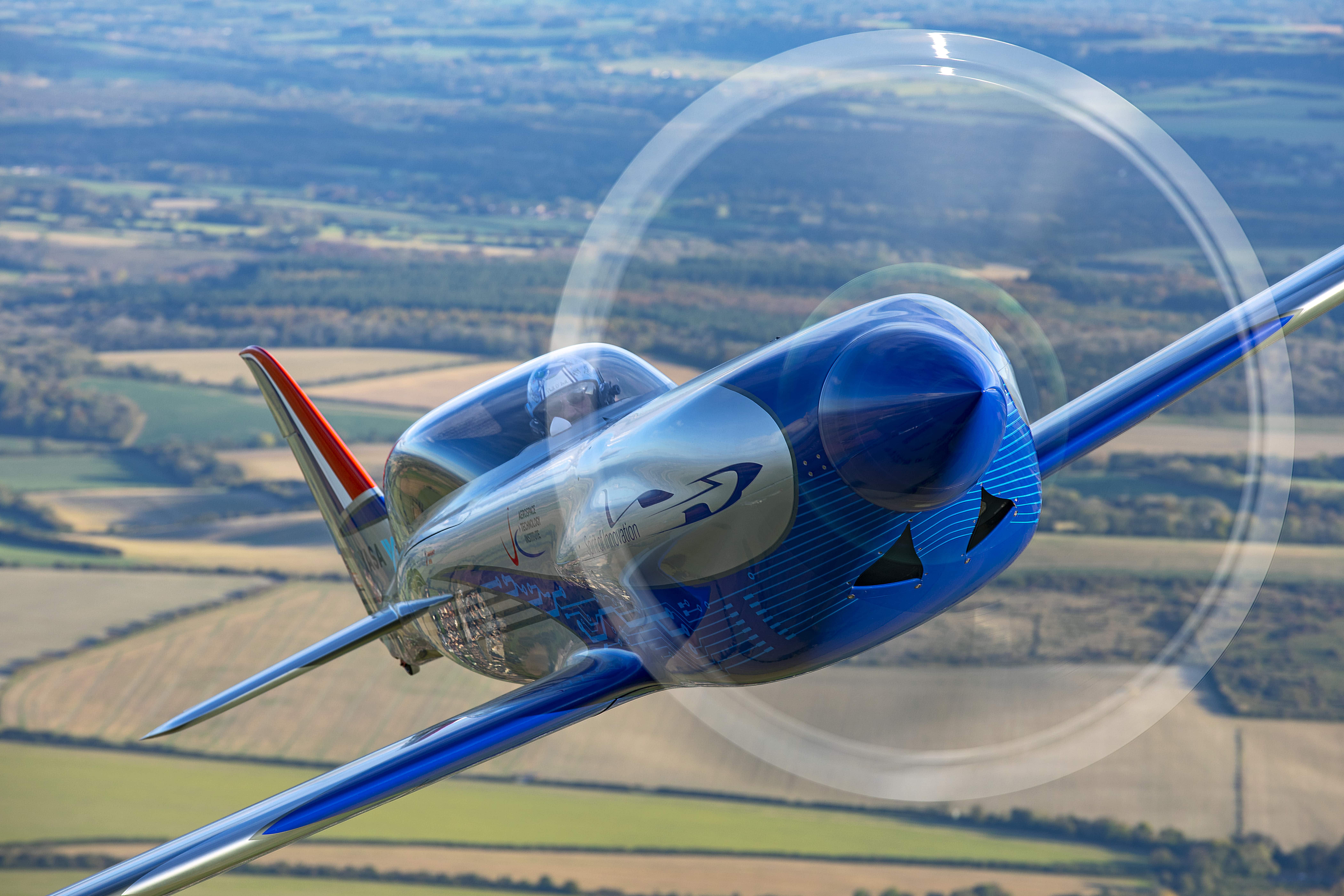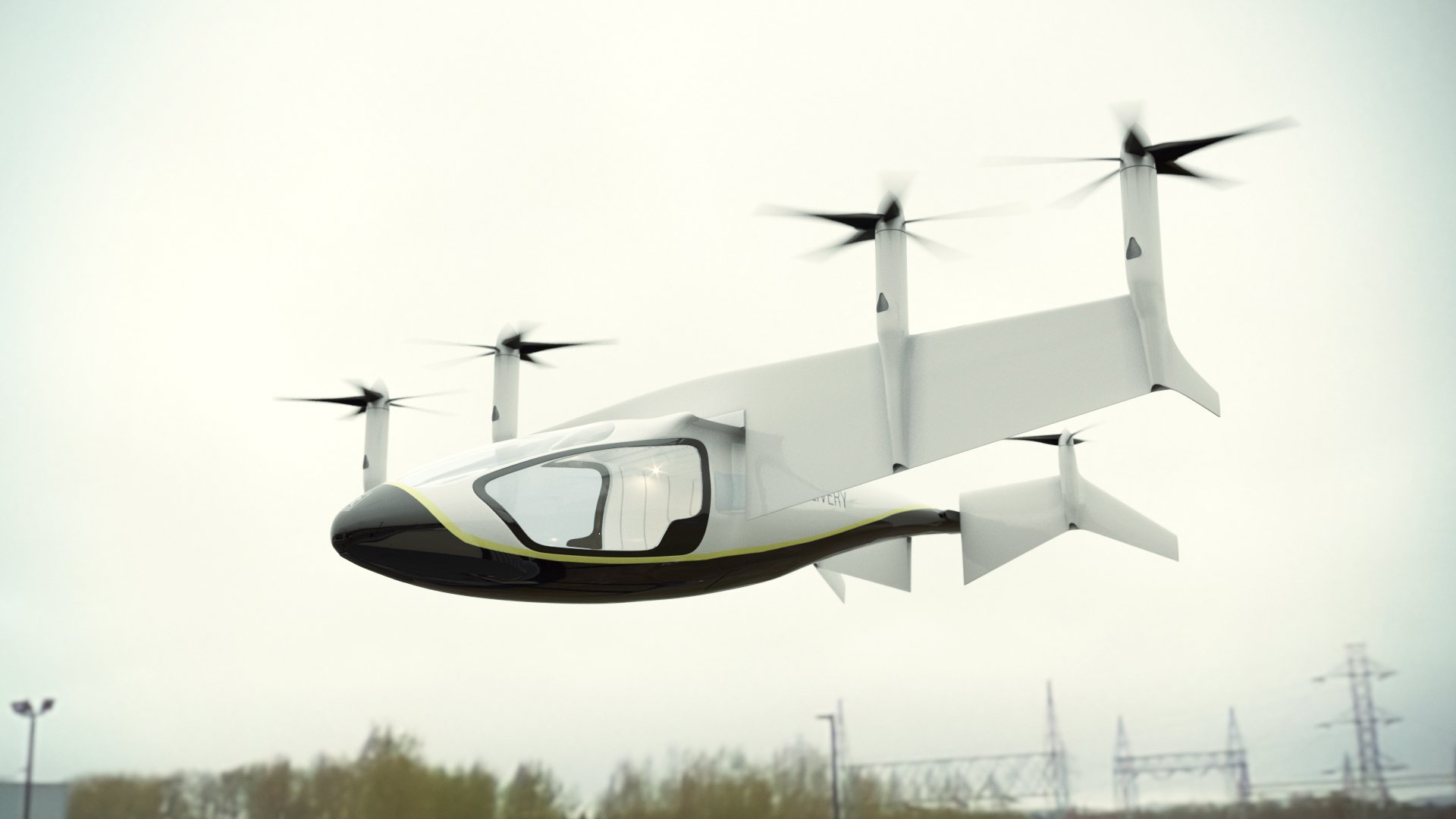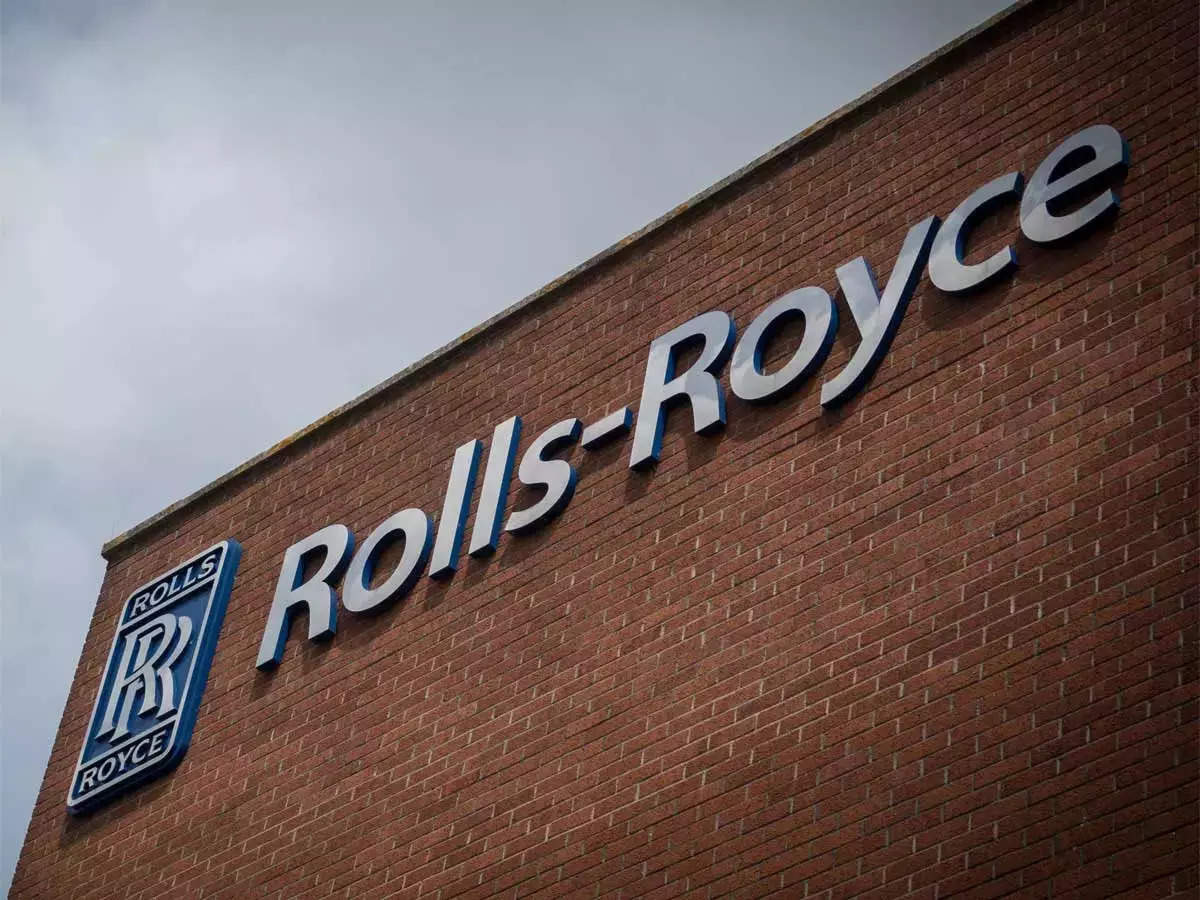Rolls-Royce Hybrid-Electric Flight Powered by New Gas Turbine: A Milestone Achievement 2023

Rolls-Royce Hybrid-Electric Flight Powered by New Gas Turbine: A Milestone Achievement 2023
Rolls-Royce, a name synonymous with luxury cars and aircraft engines, has reached an unprecedented milestone in aviation technology. The company recently announced that its newly developed gas turbine has successfully powered a hybrid-electric flight.
This momentous occasion marks the convergence of traditional propulsion technologies with electric systems, paving the way for more sustainable aviation in the future.

The successful completion of the first fuel ignition of Rolls-Royce’s state-of-the-art gas turbine, specifically designed to power hybrid-electric flight, has been recognised as a ground-breaking accomplishment in the aviation industry.
This innovative engine demonstrates cutting-edge combustion technology and produces historically low emissions, highlighting the possibilities of this little but mighty turbine that is slated to be easily incorporated into a light-weight turbogenerator system.
This entire turbogenerator system is designed for the Advanced Air Mobility (AAM) market, catering to a variety of needs, including commuter aircraft configurations with up to 19 seats and electrical vertical take-off and landing (eVTOL) or electric short take-off and landing (eSTOL) aircraft for Urban Air Mobility (UAM). Additionally, the gas turbine under investigation shows promise for use in the fields of helicopters, auxiliary power units (APUs), and defence.

The Customer Director for Electrical Systems at Rolls-Royce, Matheu Parr, explained the company’s dedication to developing all-electric and hybrid-electric power and propulsion systems in the rapidly expanding Advanced Air Mobility industry. He praised the first fuel burn of the newly developed compact gas turbine as a significant advancement and recalled the testing’s flawless completion, from the ignition stage through the system’s seamless switchover to operation.
This noteworthy accomplishment comes after the new gas turbine’s quick development, which went from idea freeze to “pass to test” in less than two years, according to Matheu. With the introduction of the turbogenerator technology, electric aircraft will have a greater operational range, emit fewer pollutants, and get closer to having a net-zero carbon footprint.
With a versatile on-board power source that can provide 500 kW to 1,200 kW of power, the turbogenerator system is ready to complement Rolls-Royce’s current electrical propulsion portfolio.
This versatility guarantees longer flying ranges, the use of environmentally friendly aviation fuels, and, in the future, the transfer to hydrogen combustion as this technology advances, opening up routes beyond what is now possible for electric battery-powered aircraft.

The creation of this turbogenerator solution demonstrates Rolls-Royce’s skill in designing small, light, high-speed rotating electric machines that are smoothly linked with highly efficient gas turbines and are all built to function as a system and platform simultaneously.
This project required the design, acquisition, and adaptation of 14 subsystems, including both commercially available parts like valves and hoses and custom subsystems made to specifically meet the needs of this ground-breaking technology, such as fuel injection systems, oil and ventilation systems, engine mounts, and water brakes.
The early tests have set the stage for collecting insightful knowledge and producing empirical data, which are crucial for confirming important technical aspects of the design. Future design improvements will be guided by this iterative process, which will ultimately advance the creation of a certified engine with top-tier performance that is prepared to meet the needs of this dynamic market niche.

“With this success, we have shown we can apply our expertise to novel designs and are able to test them on a very short timescale,” Matheu said. The ambitious industry timetables of the Advanced Air Mobility market will be met by Rolls-Royce’s delivery of the items that will assist us in reaching net zero.
The adaptable turbogenerator technology may be used to power electrical propulsion systems directly and to recharge batteries in both serial and parallel hybrid versions. The capacity to switch between power sources effortlessly while in flight enables aircraft. The German Ministry for Economic Affairs and Climate Action is providing some financial assistance for the ongoing research and development work underlying this game-changing technology.
As global concerns grow over carbon emissions and environmental degradation, the aviation sector, a significant contributor to greenhouse gas emissions, has been under increasing pressure to transition towards greener technologies.
Electric propulsion in aviation presents a potential solution. However, current battery technologies have limitations in terms of energy density and weight, making them unsuitable for long-distance flights.
This is where hybrid systems come into play, offering the perfect bridge between today’s jet engines and the fully electric planes of the future.
Rolls-Royce’s new gas turbine is not just any conventional engine. It has been specifically designed to work in tandem with electric motors.
The turbine acts as a generator, supplying electricity to the motors during the flight. This design allows the aircraft to benefit from the immediate torque of electric motors and the range and power of gas turbines.
The combination allows for operations at peak efficiency, reducing fuel consumption and emissions.Pilots can use electric power for quieter take-offs and landings, and switch to the turbine when higher speeds or longer ranges are required.With fewer moving parts compared to conventional engines, there’s a reduction in maintenance costs and potential points of failure.

As hybrid-electric planes emit fewer pollutants, they can help the industry meet its environmental commitments.Airlines could potentially see reduced operational costs due to increased fuel efficiency and lower maintenance needs.Quieter operations, especially during take-offs and landings, will greatly benefit communities living near airports.
While this achievement is commendable, challenges lie ahead. Scaling up the technology for larger aircraft and commercial flights will require further advancements. The integration of these systems into the existing aviation infrastructure will also demand significant investments and modifications.
Rolls-Royce’s hybrid-electric flight milestone is a testament to the strides being made in aviation technology. It is a promising step toward a sustainable future for the industry. While hurdles remain, the benefits, both environmental and economic, make the pursuit of hybrid-electric aviation an exciting frontier for engineers, investors, and travelers alike.

As the aviation world turns its eyes to this breakthrough, one thing is clear: the skies of the future may be dominated by the hum of electric motors, supplemented by the roar of gas turbines, ensuring that the journey towards sustainability is not just a dream, but an achievable reality.





